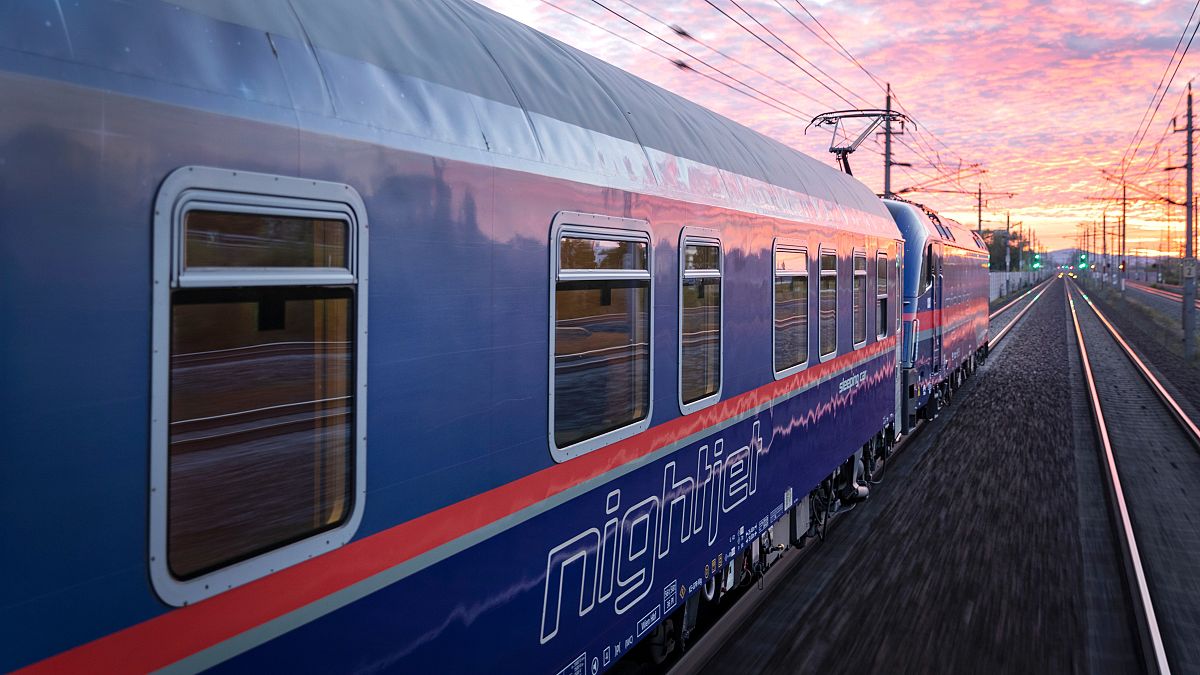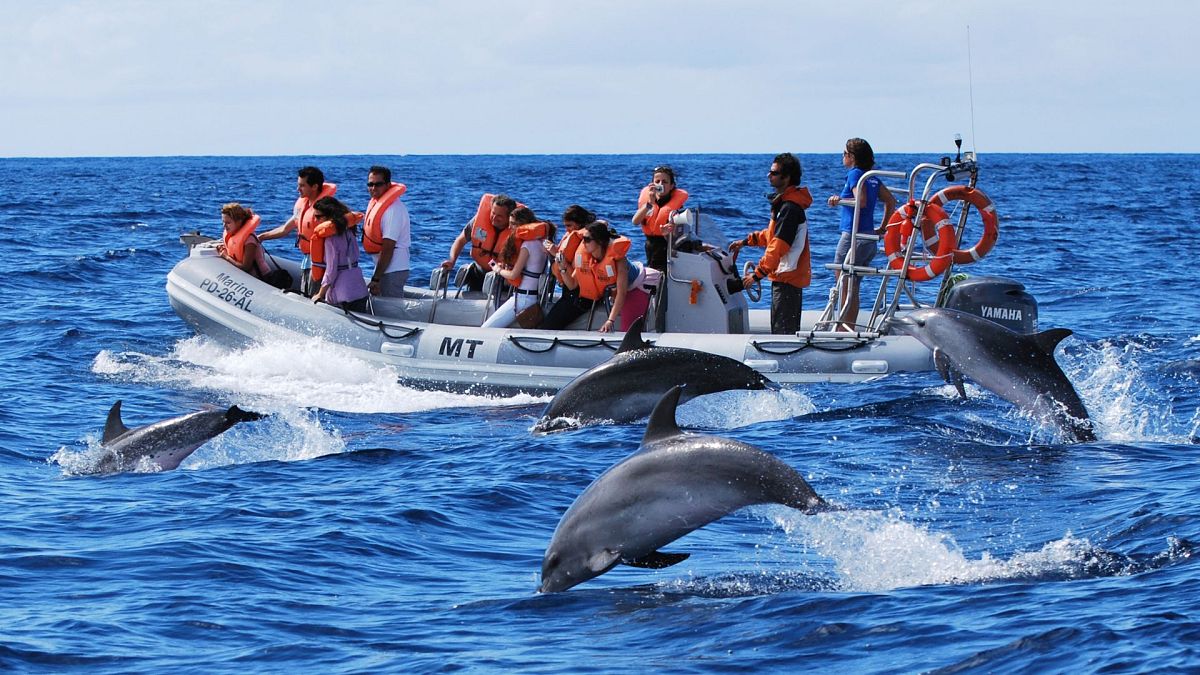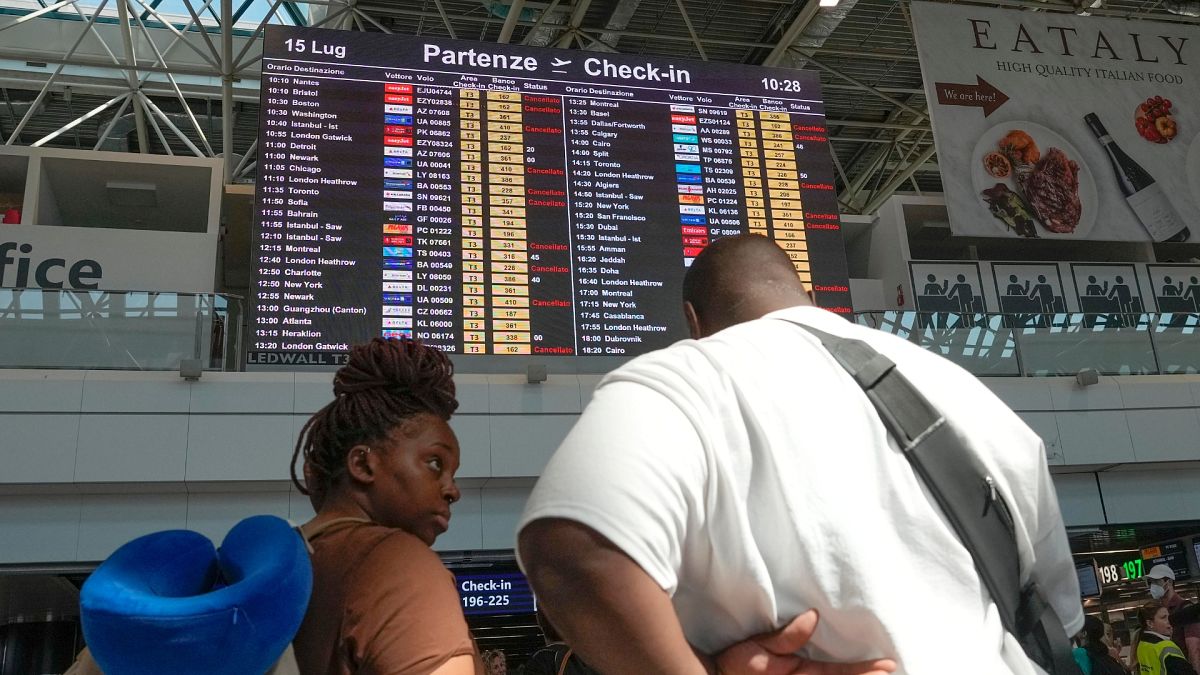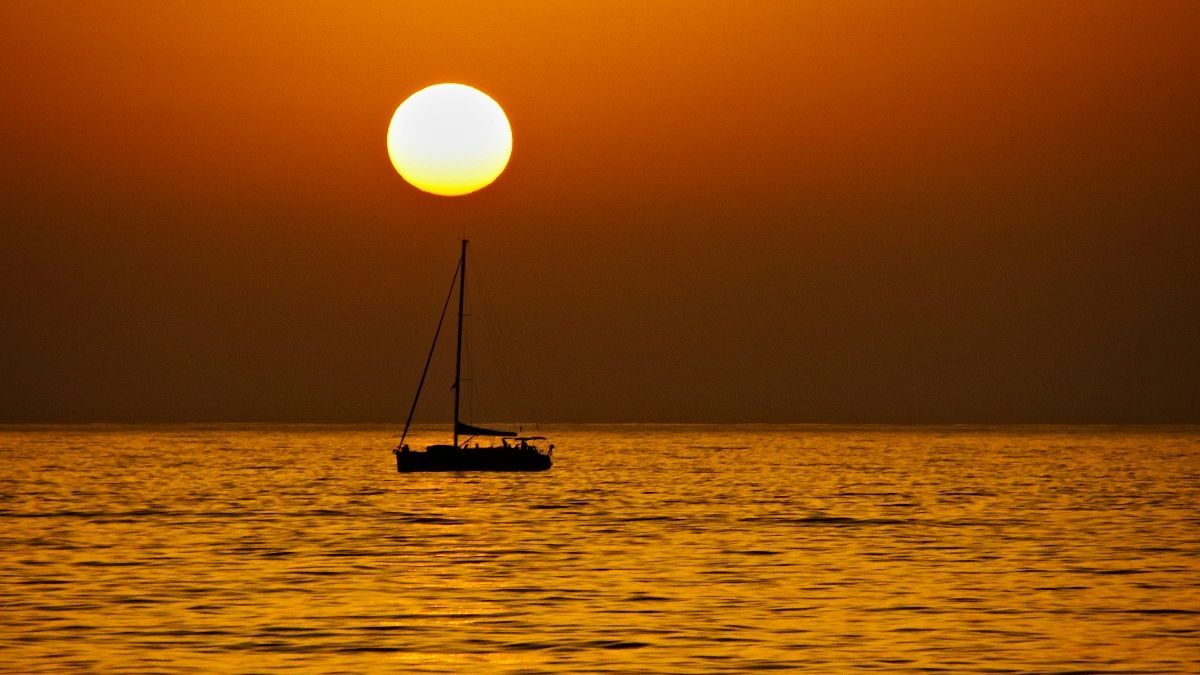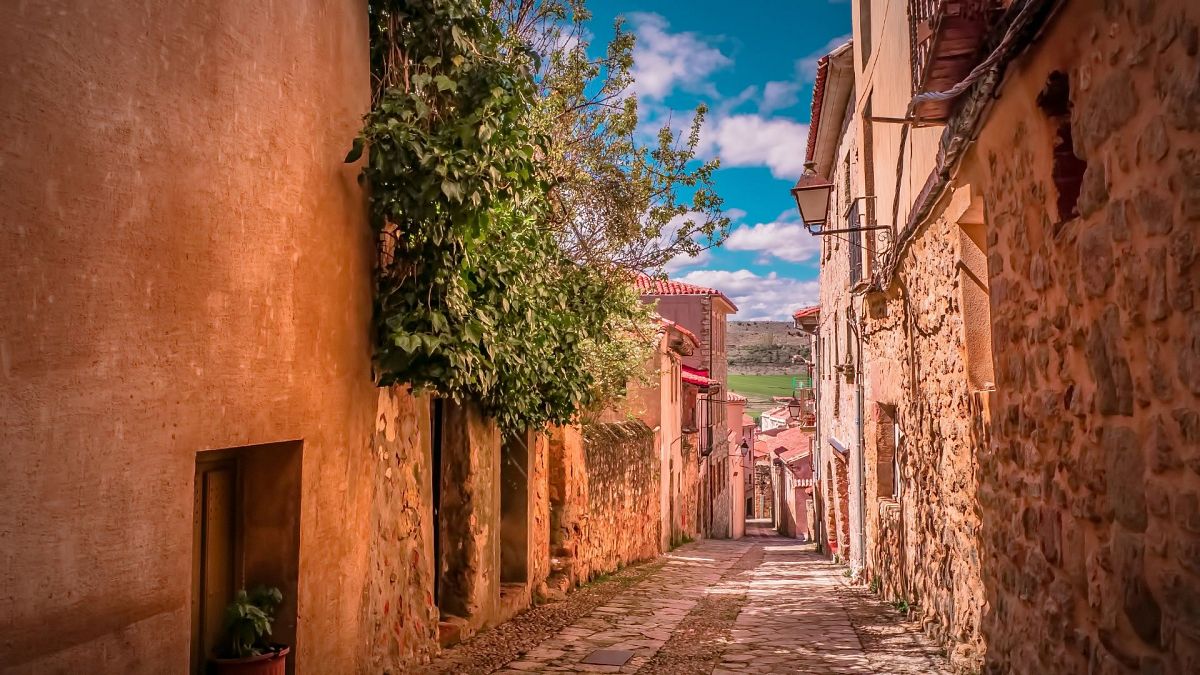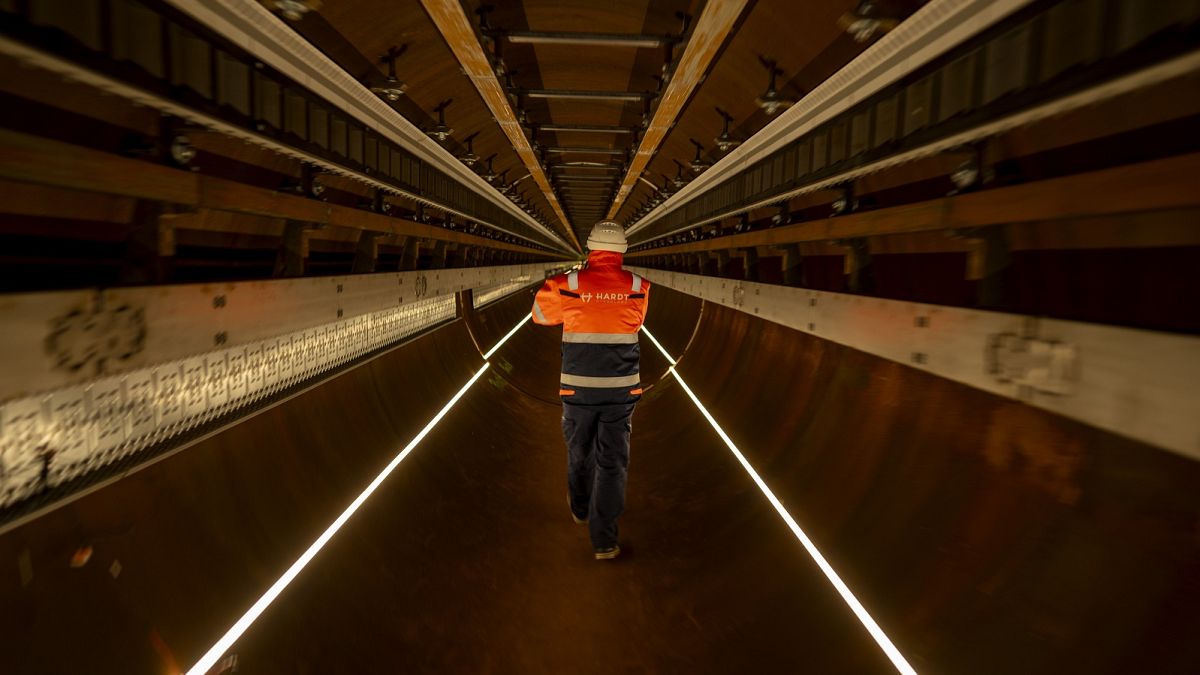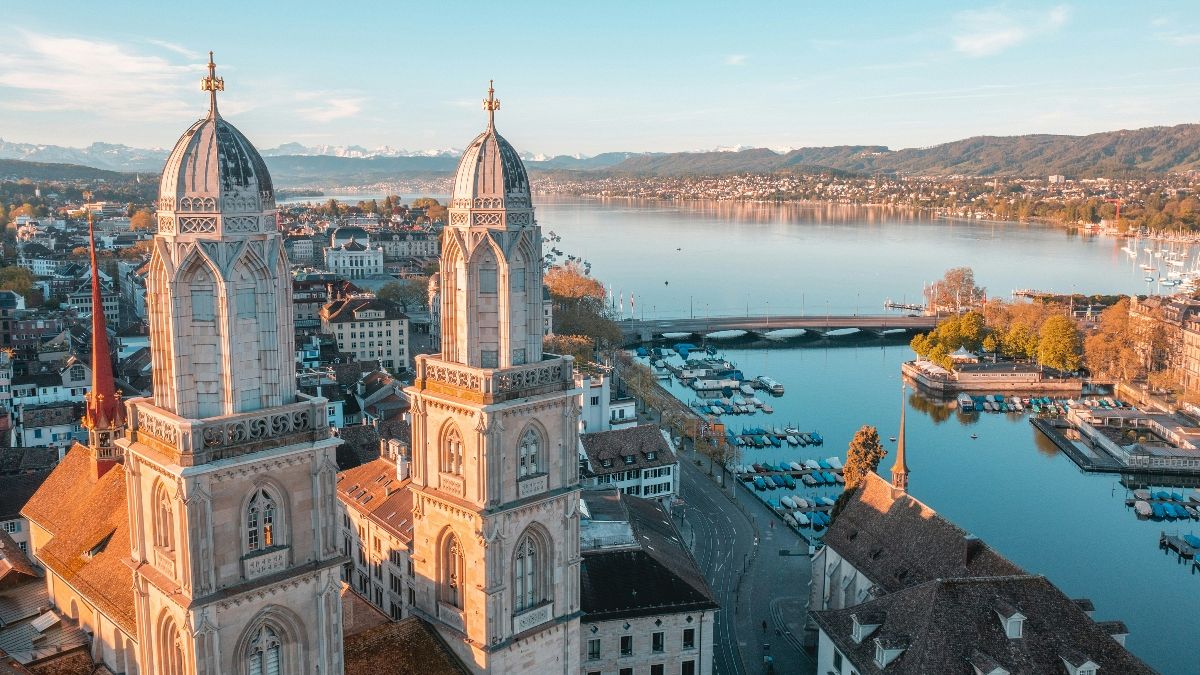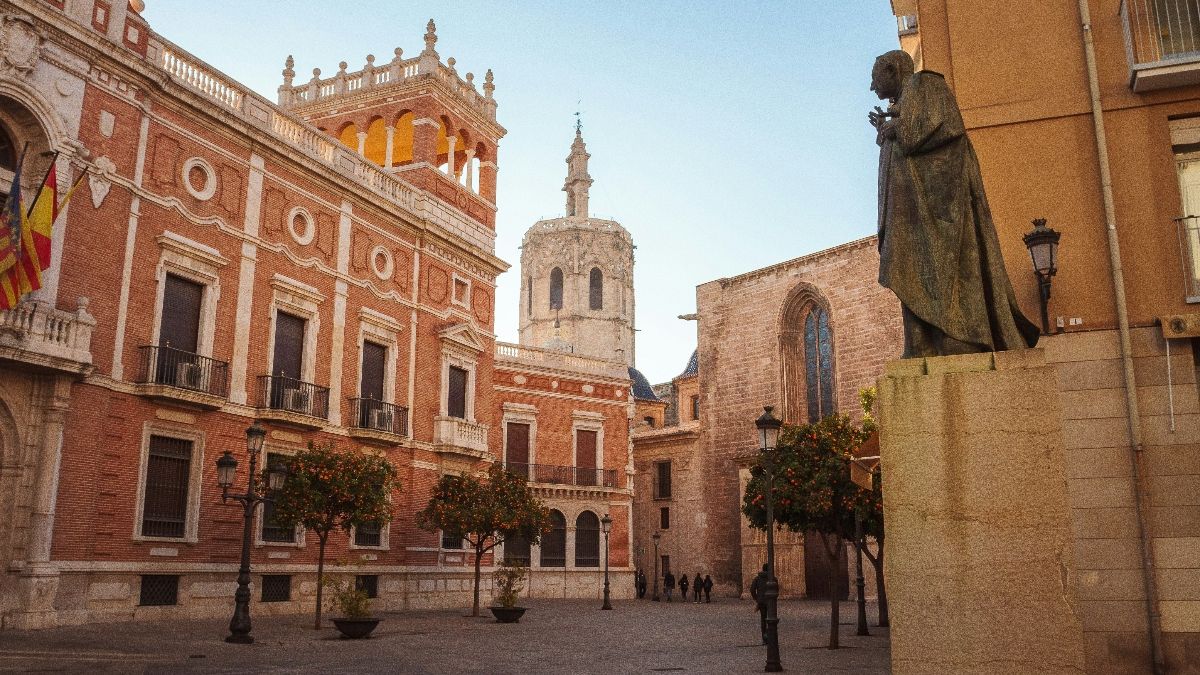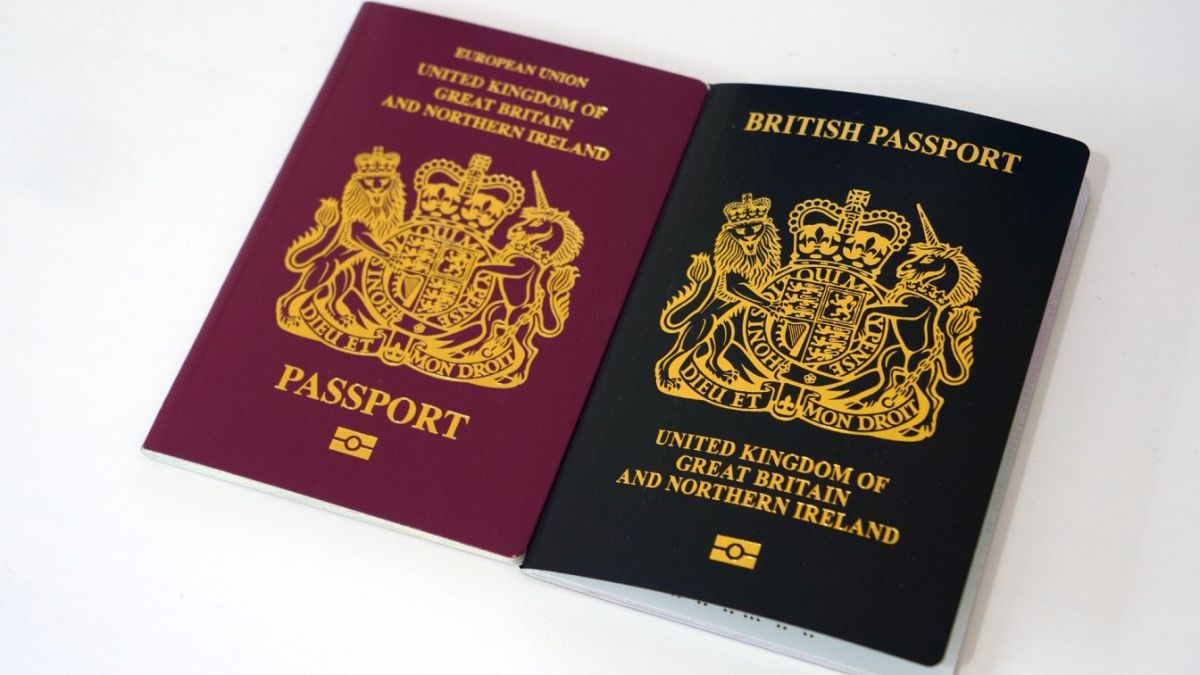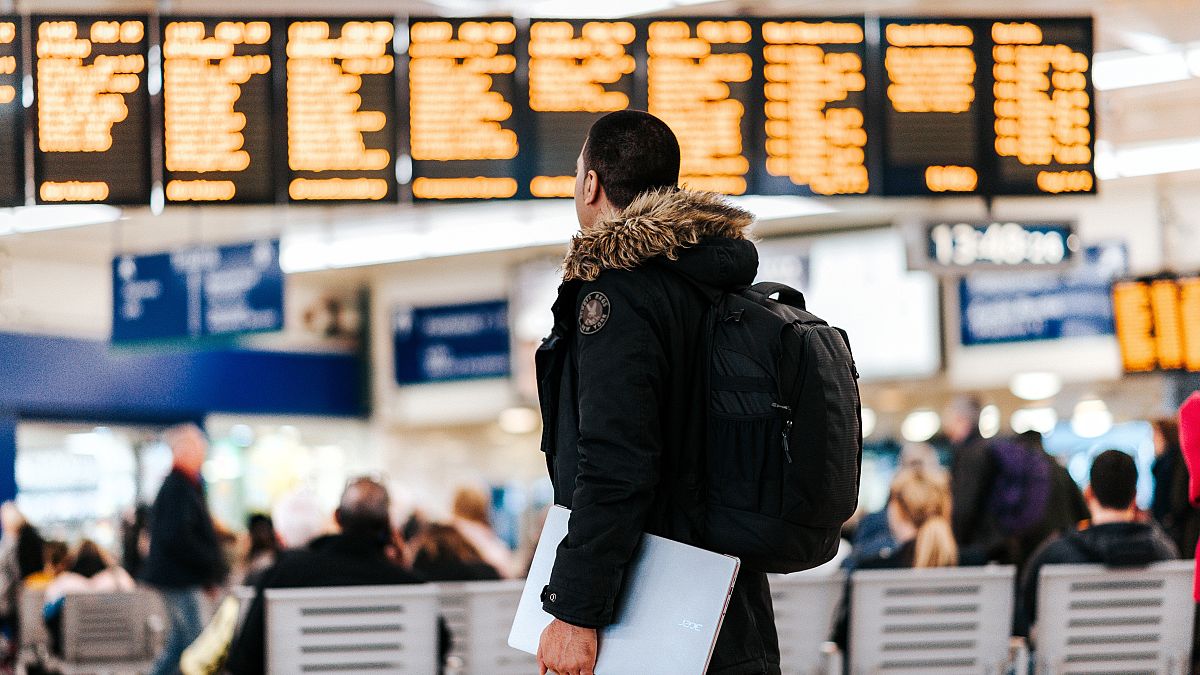Iceland volcano eruption: Travel advice and Blue Lagoon update
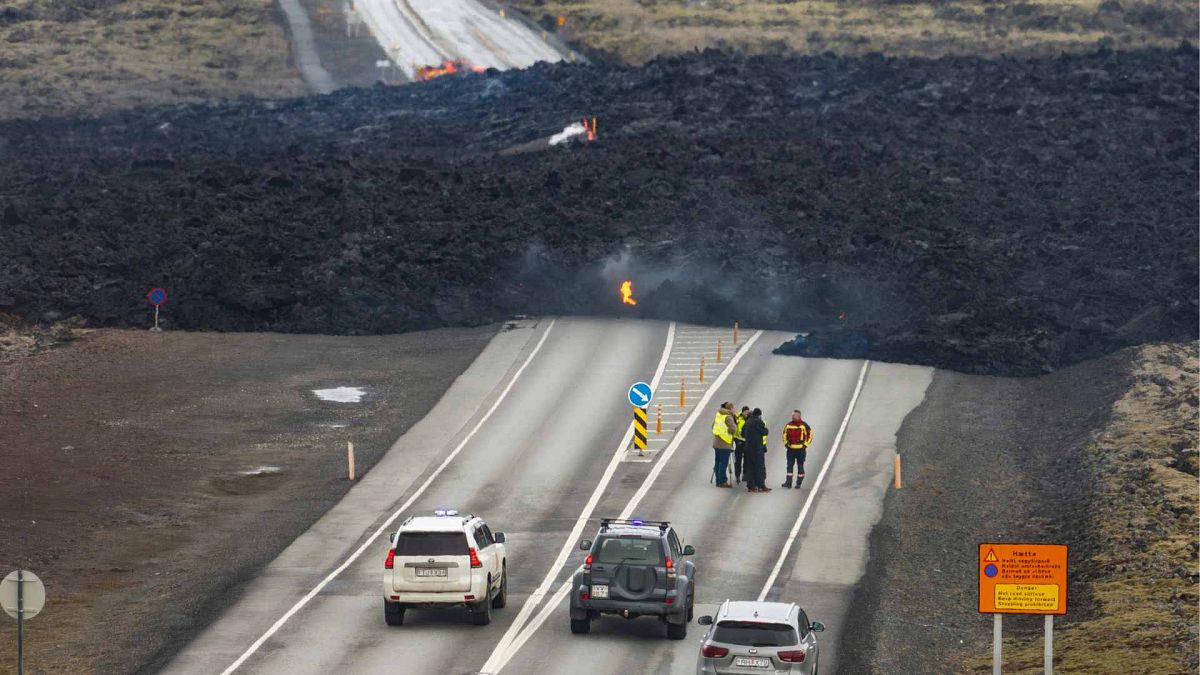
The volcano has erupted for the fourth time in three months and it is the most powerful yet.
A volcano in Iceland has erupted for the fourth time in three months, with this being the most powerful so far.
The eruption began just before 8.30pm local time on Saturday and it is ongoing, but scientists say it is likely to be petering out.
Hundreds of visitors were evacuated from the Blue Lagoon thermal spa, one of Iceland’s top tourist attractions, when the eruption began, national broadcaster RUV said.
The eruption site is a few kilometres northeast of Grindavik, a coastal town of 3,800 people about 50 kilometres southwest of Iceland’s capital, Reykjavik. Residents of Grindavik were told to leave their homes.
Despite lying just 20 km north of the eruption site, Keflavik International Airport – Iceland’s main international airport – remains open and flights are still arriving and departing. The roads around Grindavik are closed, however.
If you are planning on travelling to or from the affected area, here are the full details on advice from European governments and airlines.
How long will Iceland’s volcano eruption last?
Iceland’s Meteorological Office says the eruption opened a fissure in the earth about 3 kilometres long between the mountains of Stóra-Skógfell and Hagafell.
The Met Office said Sunday that lava was flowing south and southeast at about 1 kilometre an hour, and might reach the ocean. Defensive barriers have been built to stop it inundating the main road along the peninsula’s southern coast. These are so far holding.
The Grindavik community was previously evacuated in November following a series of earthquakes that opened large cracks in the earth between the town and Sýlingarfell, a small mountain to the north.
Before the recent eruptions, the Svartsengi volcanic system north of Grindavik had been dormant for around 780 years. The volcano is just a few kilometres west of Fagradalsfjall, which was dormant for 6,000 years before flaring to life in March 2021.
Iceland’s volcano eruption ‘is not a tourist attraction’
Icelandic authorities declared a state of emergency in November after hundreds of small earthquakes shook the Reykjanes Peninsula – the island nation’s most populated region.
“This is not a tourist attraction and you must watch it from a great distance,” Vidir Reynisson, head of Iceland’s Civil Protection and Emergency Management, told national broadcaster RUV.
Yet the spectacular natural phenomenon is hard for people to resist. “It’s just [like] something from a movie!” said Robert Donald Forrester III, a tourist from the United States.
For local residents, the emotions are mixed. “The town involved might end up under the lava,” said Ael Kermarec, a French tour guide living in Iceland. “It’s amazing to see but, there’s kind of a bittersweet feeling at the moment.”
Have flights to Iceland been cancelled?
Despite concerns over the impact the eruption will have on travel, nearby Keflavik Airport remains operational. Icelandic airport operator ISAVIA advises passengers to monitor flight information here.
Volcanic eruptions can pose a serious hazard to air travel as ash released into the atmosphere can cause jet engines to fail, damage flight control systems and reduce visibility.
However, Saturday’s eruption on the Reykjanes Peninsula isn’t expected to release large amounts of ash into the air.
A major eruption in Iceland in April 2010 caused widespread disruption to air travel between Europe and North America. The quarter of a billion cubic metres of volcanic ash it ejected into the air led to more than 100,000 flights being cancelled over an eight-day period.
Though there had been fears of a repeat, Eyjafjallajokull volcano erupted under circumstances that contributed to the immense size of its ash cloud. A glacier on top of it caused meltwater to rapidly cool the lava, creating tiny particles which were launched into the air by the steam produced in the eruption. These were then carried on the wind towards Europe.
In the past three years, three eruptions have taken place on the Reykjanes Peninsula with no impact on air travel.
The European Aviation Safety Agency (EASA) is also better prepared for a major volcanic ash event.
“In the event of an eruption and development of an ash cloud, the agency will work with other aviation actors to assess the impact for aviation and make recommendations accordingly,” a statement on the EASA’s website from November reads.
Is it safe to travel to Iceland?
Various European foreign offices have advised travellers to stay away from Grindavik and respect local restrictions. They direct travellers to the Icelandic Met Office and Safe Travel Iceland for the latest advice.
The UK’s Foreign Office said in updated travel advice for Iceland:
“Iceland is volcanic and seismically active. Recently there have been a series of volcanic eruptions on the Reykjanes peninsula in south-west Iceland, the latest occurring on 16 March.
Keflavik International Airport and the road to it is unaffected and operating normally.
The capital city, Reykjavik, and the rest of Iceland is not impacted by the eruptions. The likelihood of further eruptions in this location remains high.”
They have said that the eruption area is closed until further notice and urge people to respect the closure. However, they have not advised against travel to the country altogether.
Visitors are advised to stay away from the area surrounding the eruption, and to follow the directions and guidance of the local authorities.
Countries have not issued a ‘no-go’ travel warning for Iceland meaning that airlines and holiday companies are operating as normal and travellers who cancel their bookings have no automatic right to a refund.
During a previous eruption Jonathan Frankham, general manager of travel insurance company World Nomads, said: “For those concerned about travel insurance coverage, and whether cancelling a trip is best, we’d advise travellers to exercise common sense and travel wisely,” says
“It’s important to note that policies purchased after the earthquakes and consequential volcanic eruption became a ‘known event’ are unlikely to be covered, but we recommend checking your policy wording for exact details.”
He advised tourists to contact their airline or travel provider for assistance and the latest information.
Is the Blue Lagoon open?
The Blue Lagoon geothermal spa – one of Iceland’s biggest tourist attractions – was evacuated on Saturday when the volcanic eruption began.
The spa is still closed and will remain so tomorrow (Tuesday), according to the official website.
“Due to a volcanic eruption that commenced at Sundhnúkagígar on March 16, we have evacuated and temporarily closed all our operational units.
Despite these recent events, all our facilities remain in good condition and are surrounded by protective barriers designed to safeguard Blue Lagoon’s vital infrastructure against potential lava flows.
We will continue to closely follow the guidelines and recommendations of the authorities, working collaboratively with them to monitor the progression of events.”
Blue Lagoon management said that all customers with bookings would be contacted, and anyone wishing to change or cancel their booking could do so on the website.
Source: Euro News


